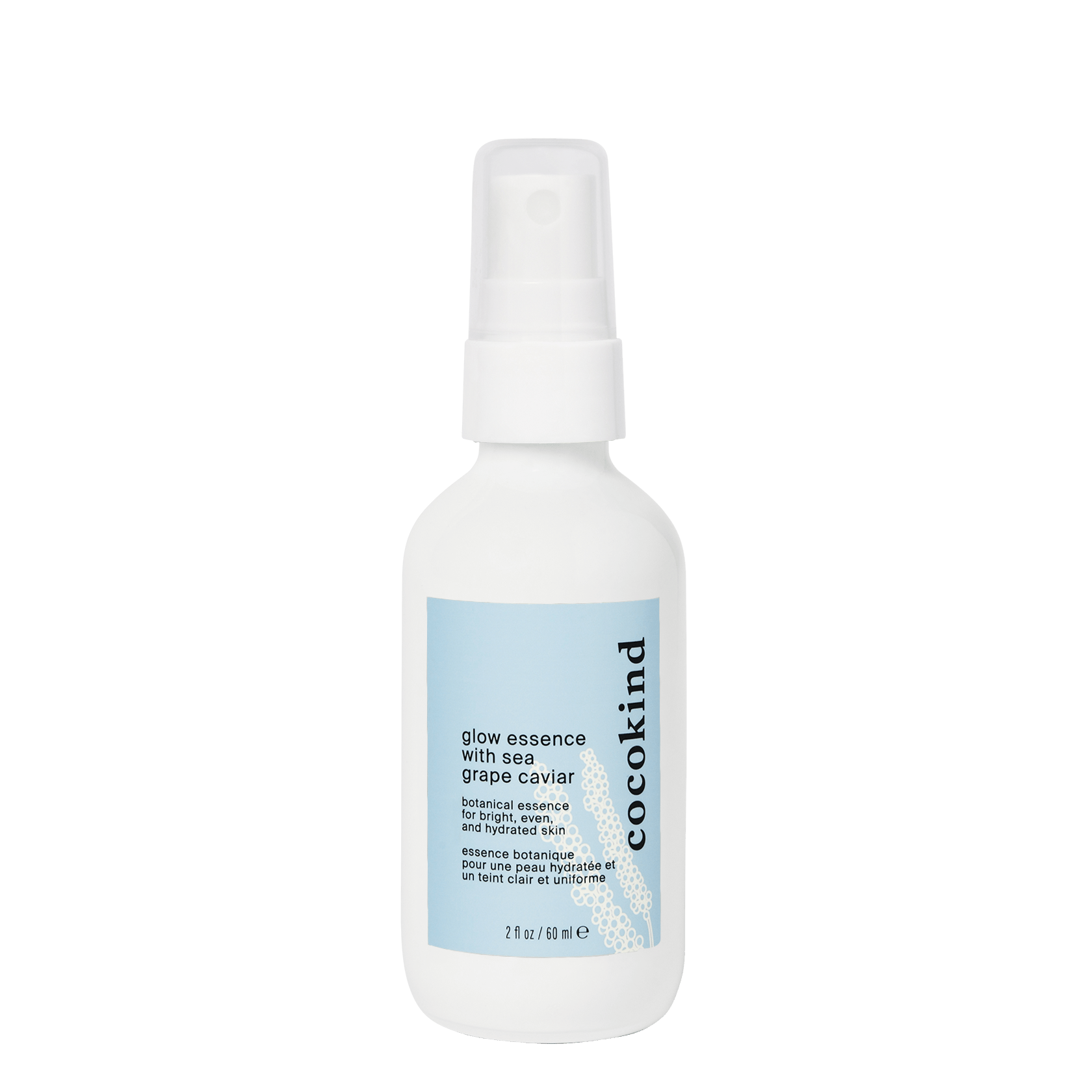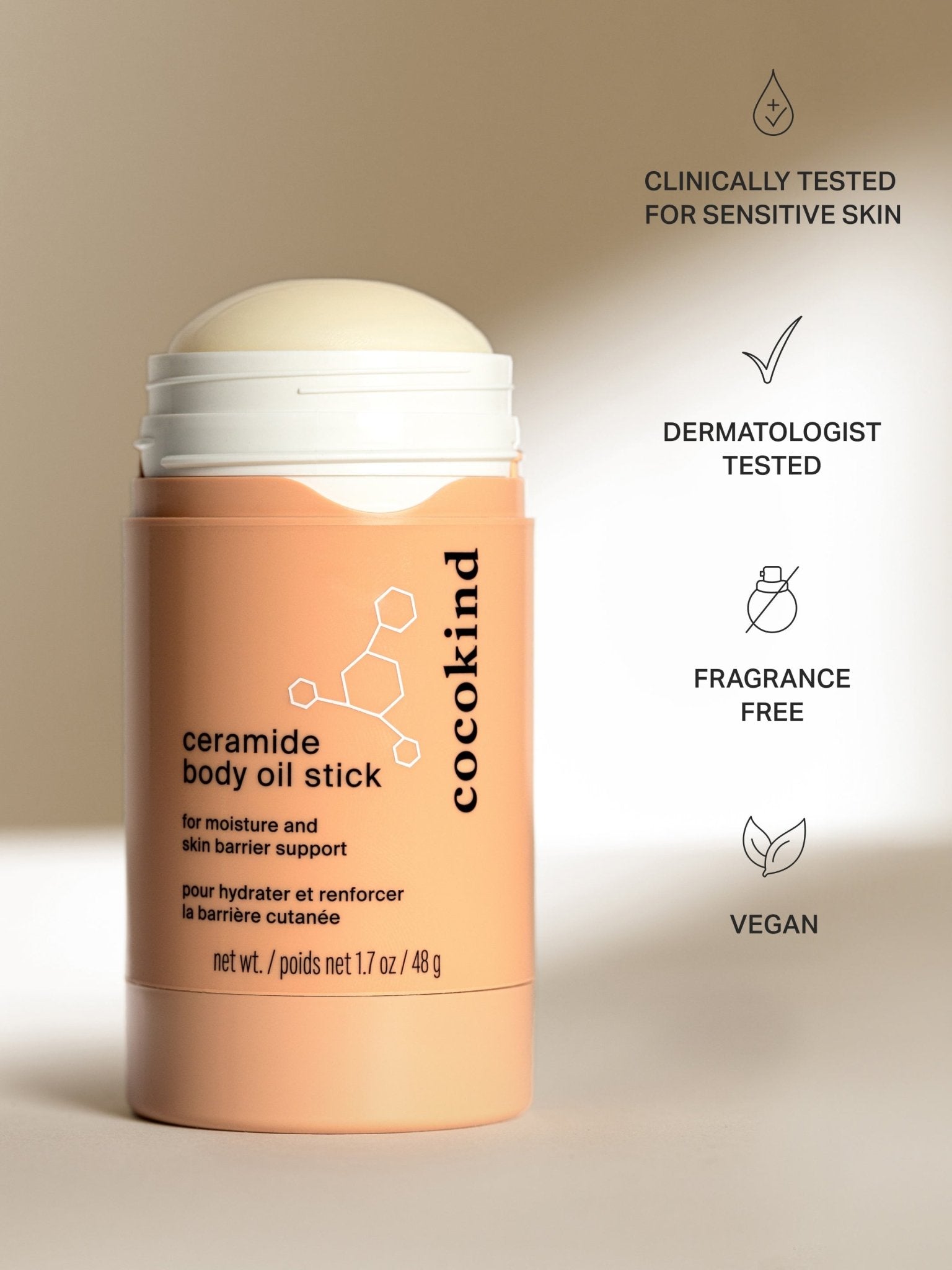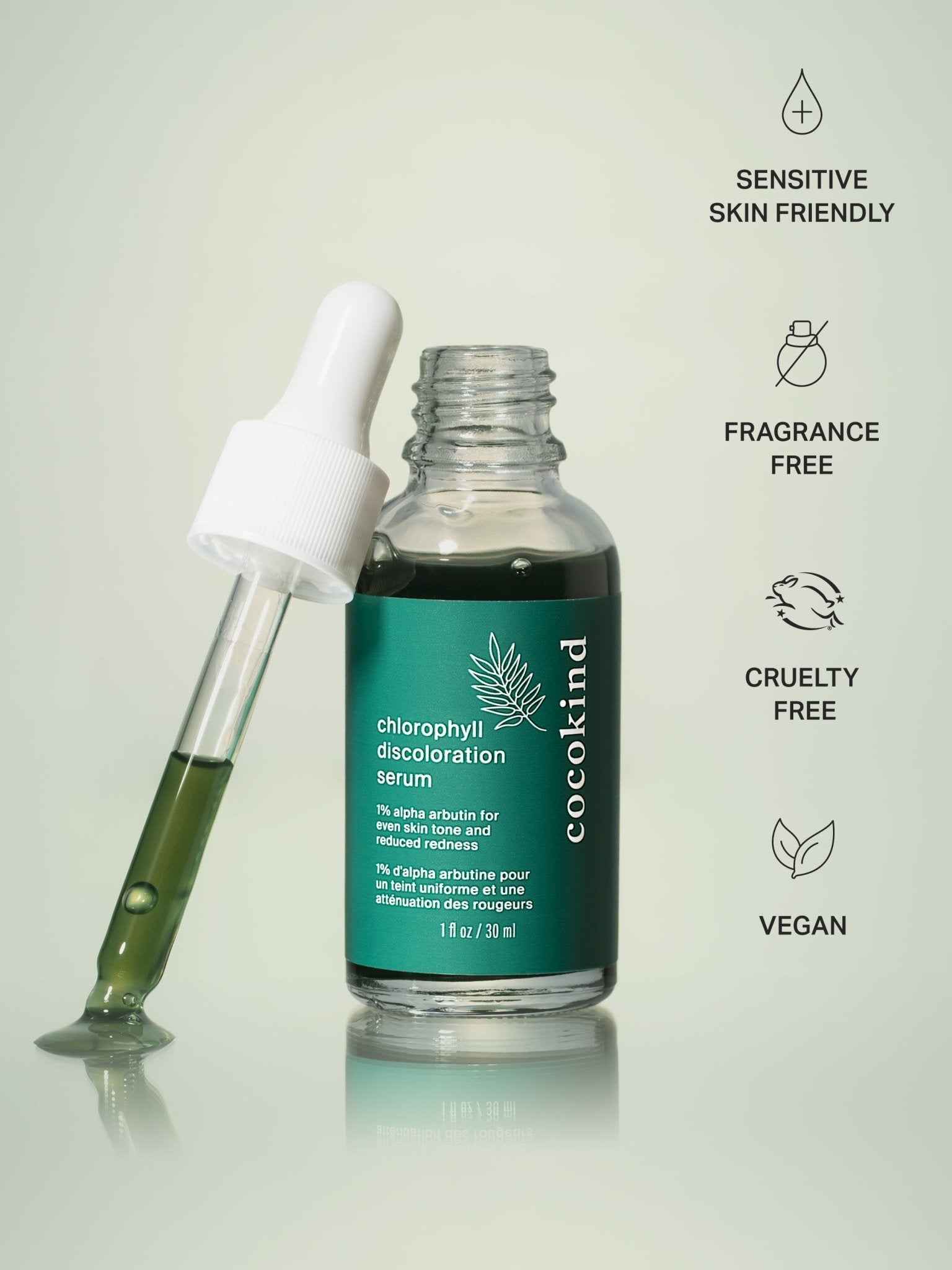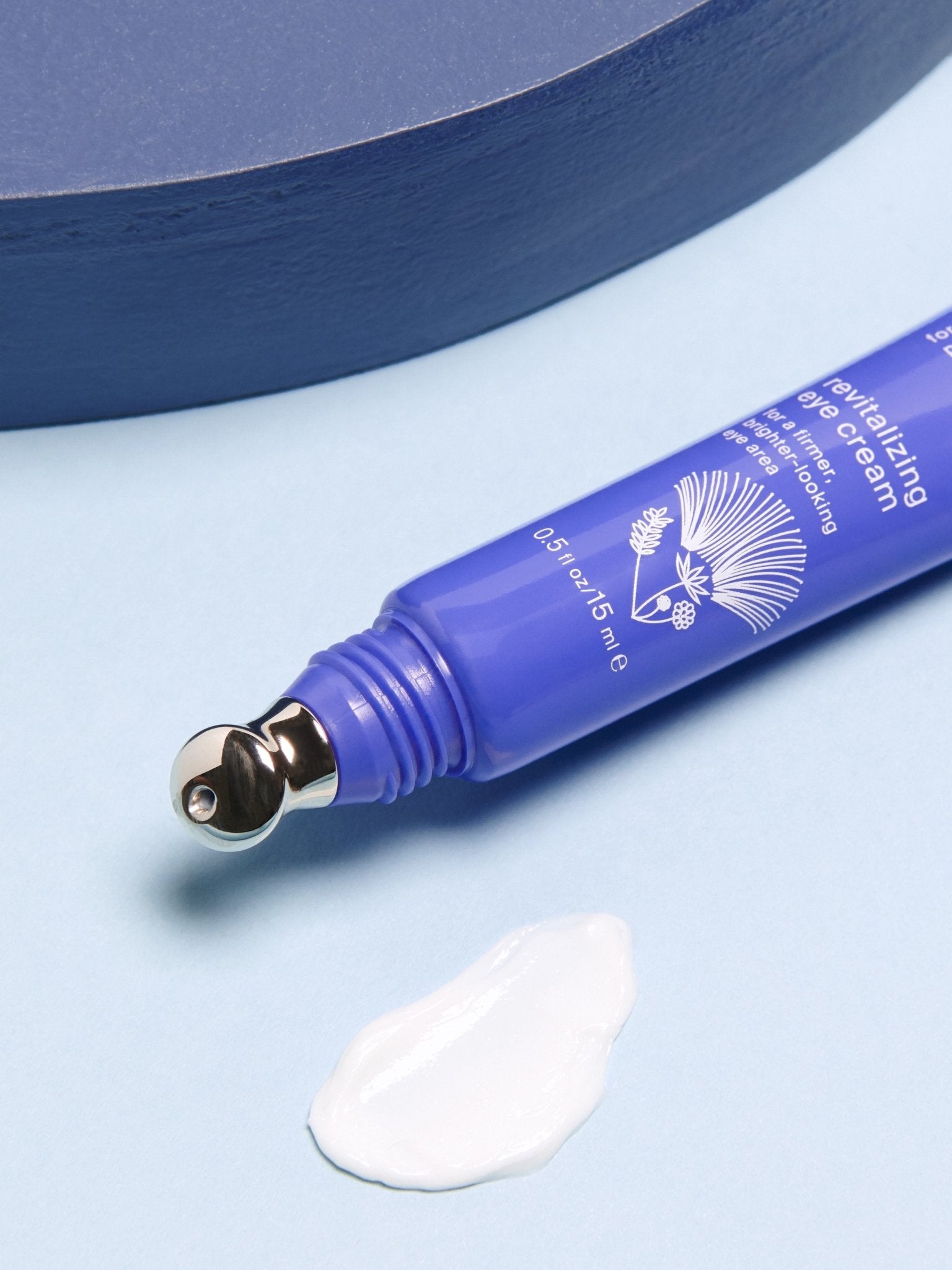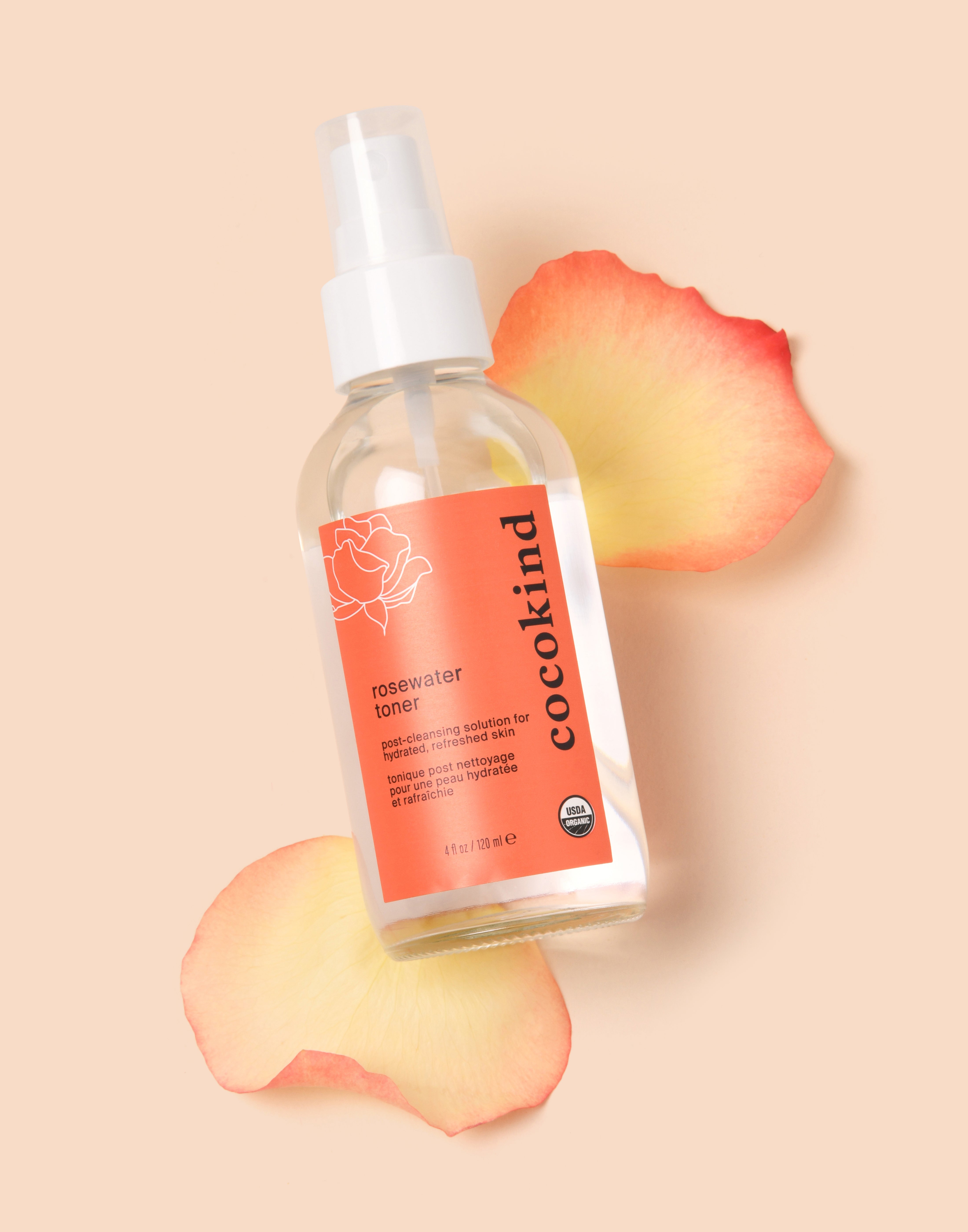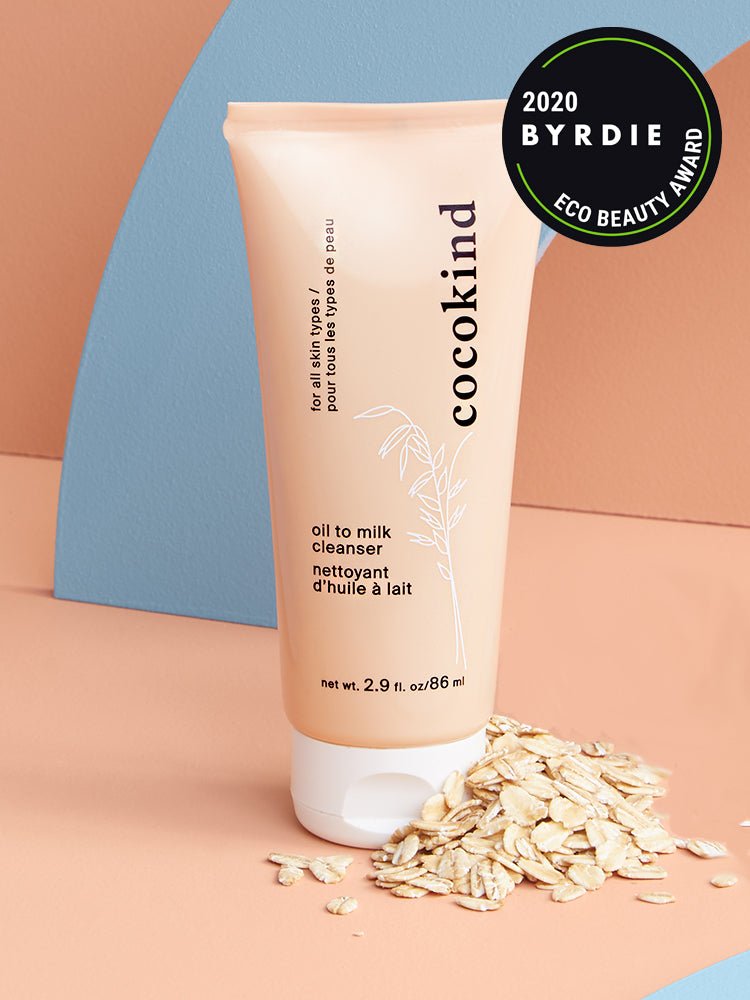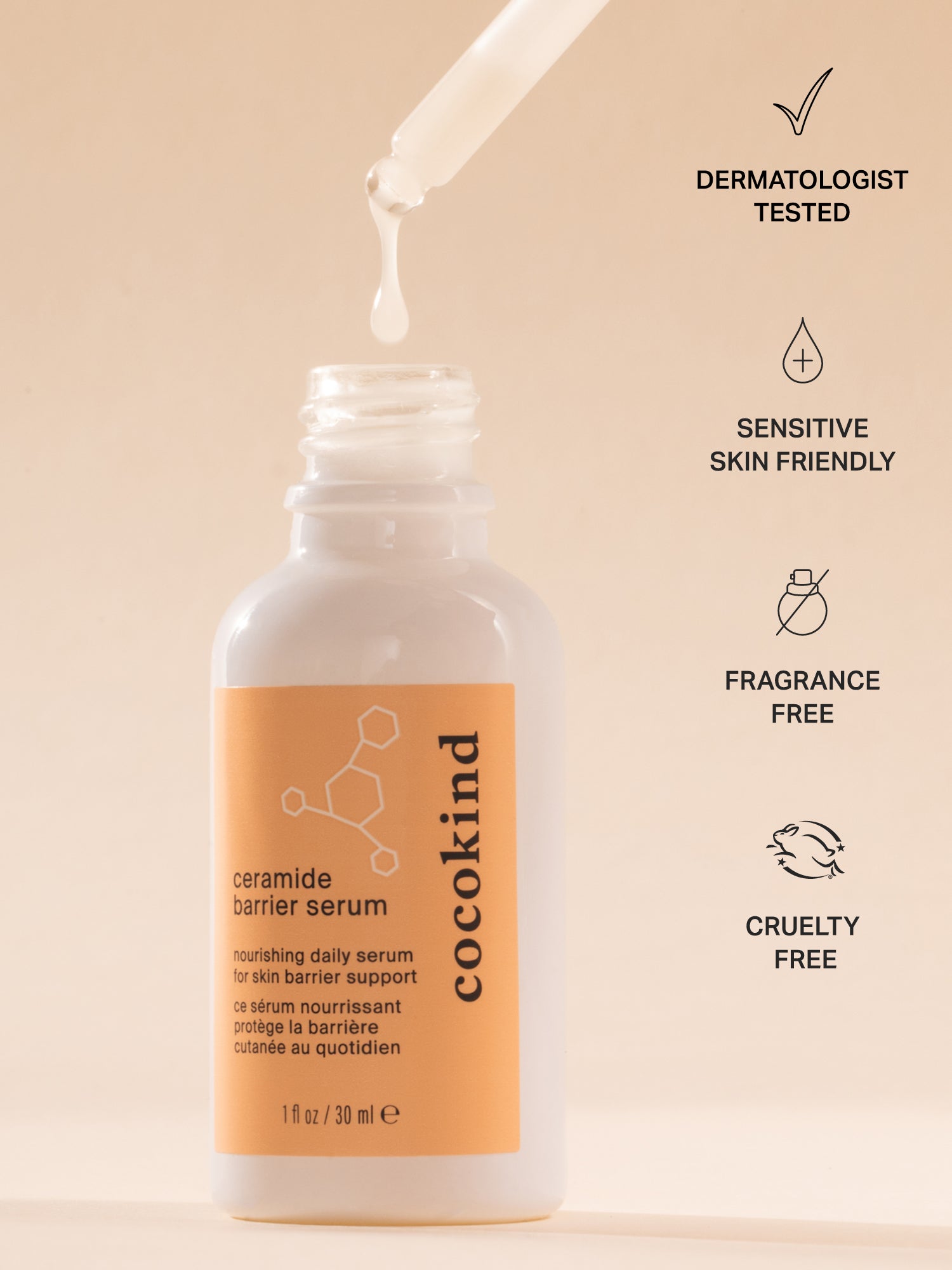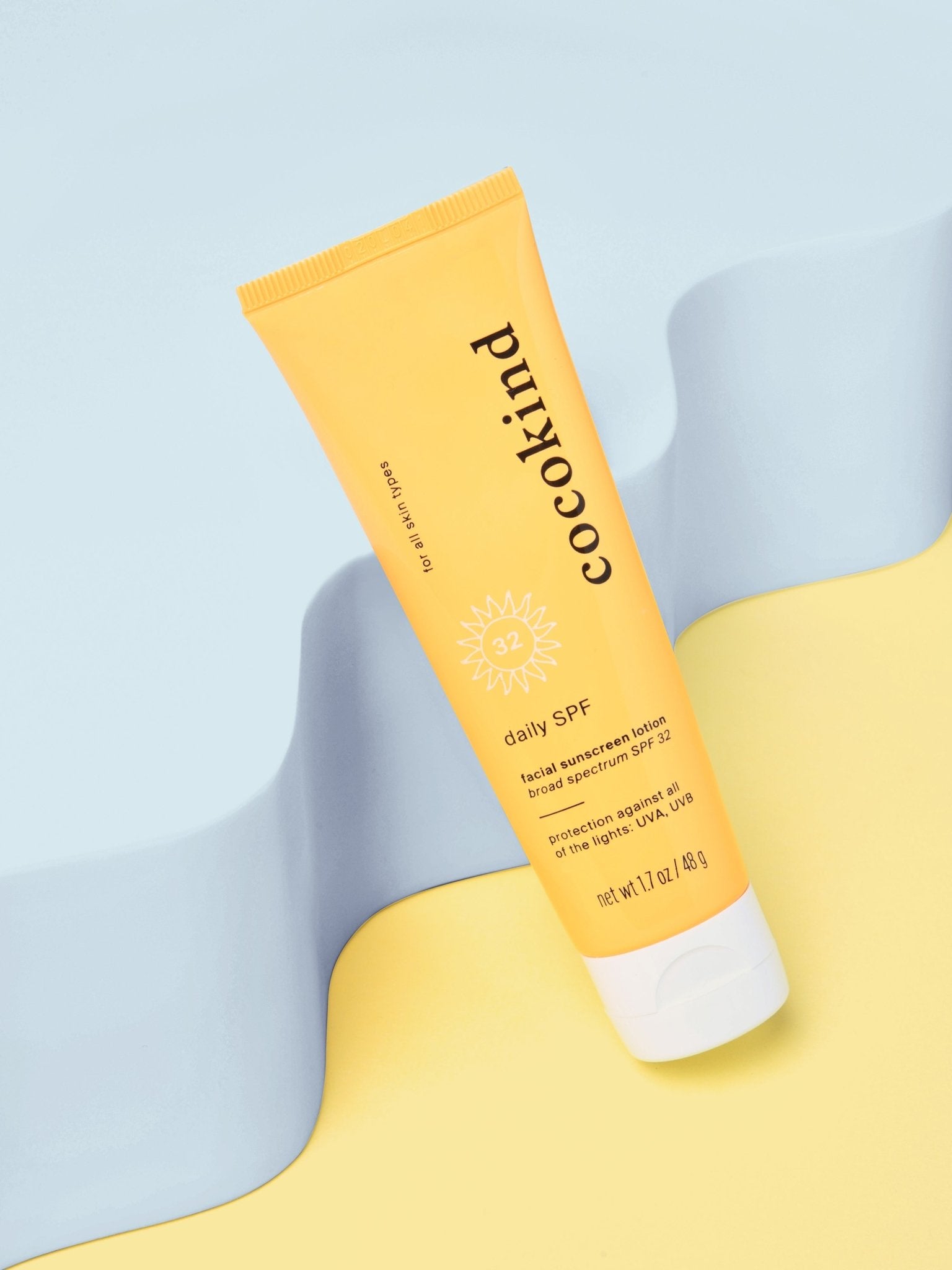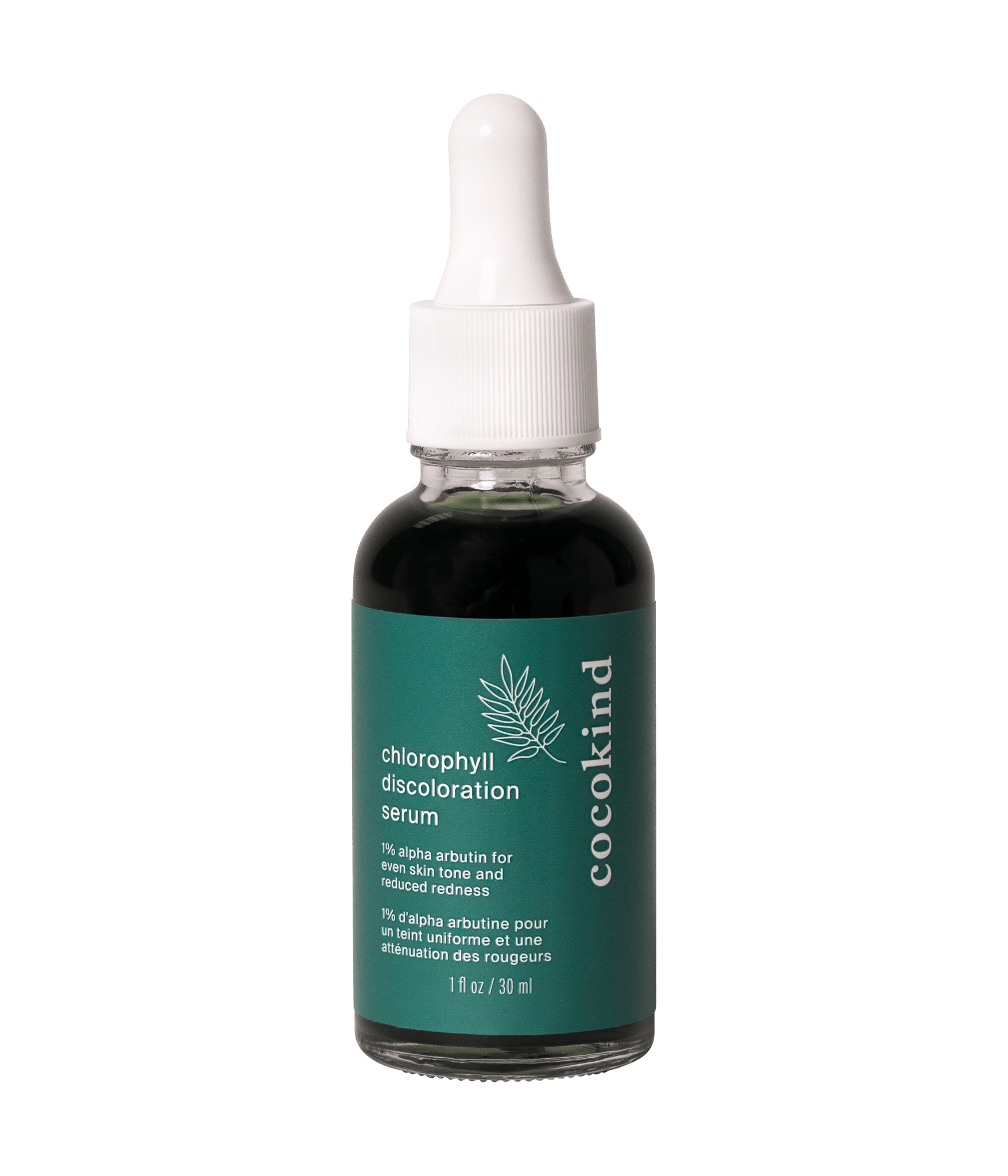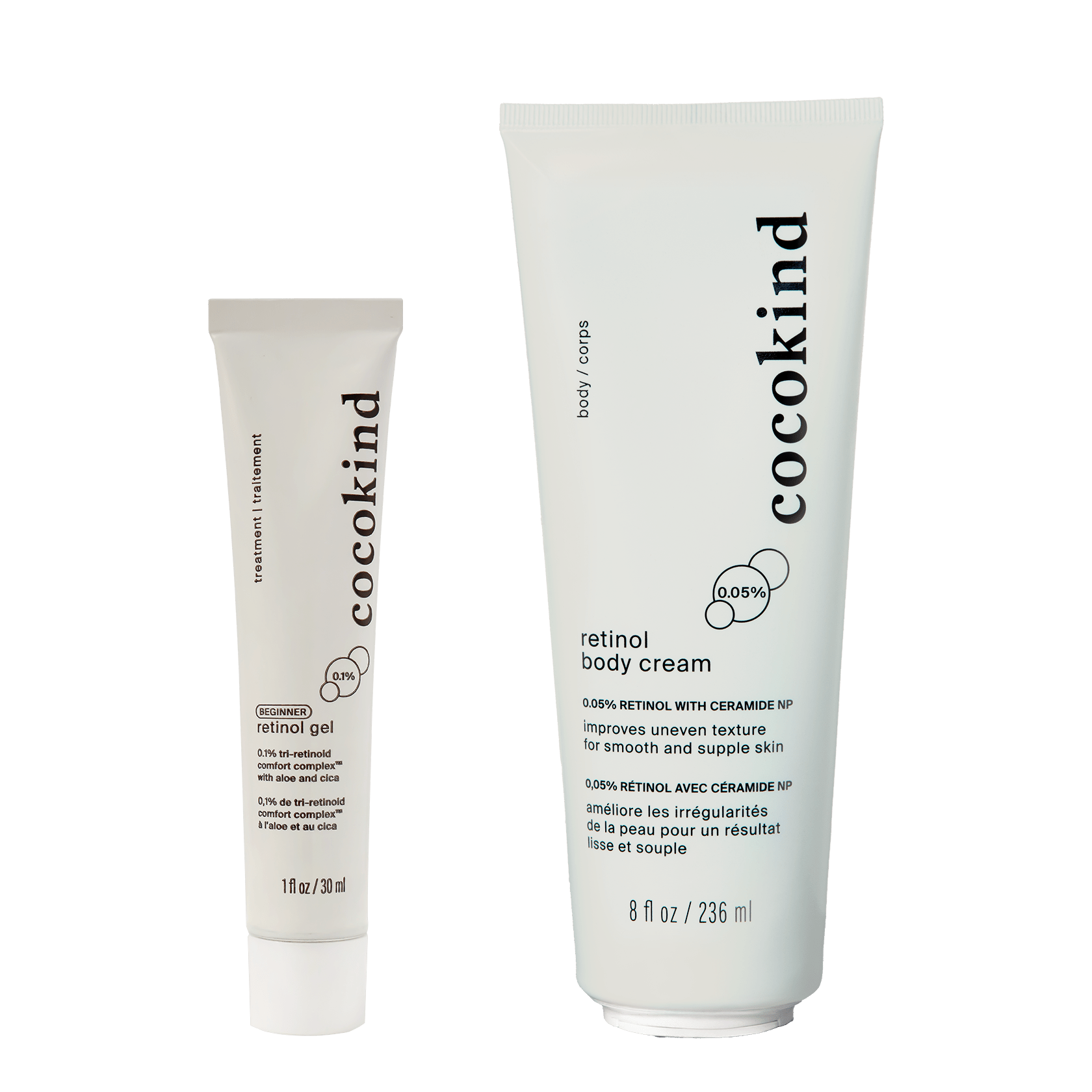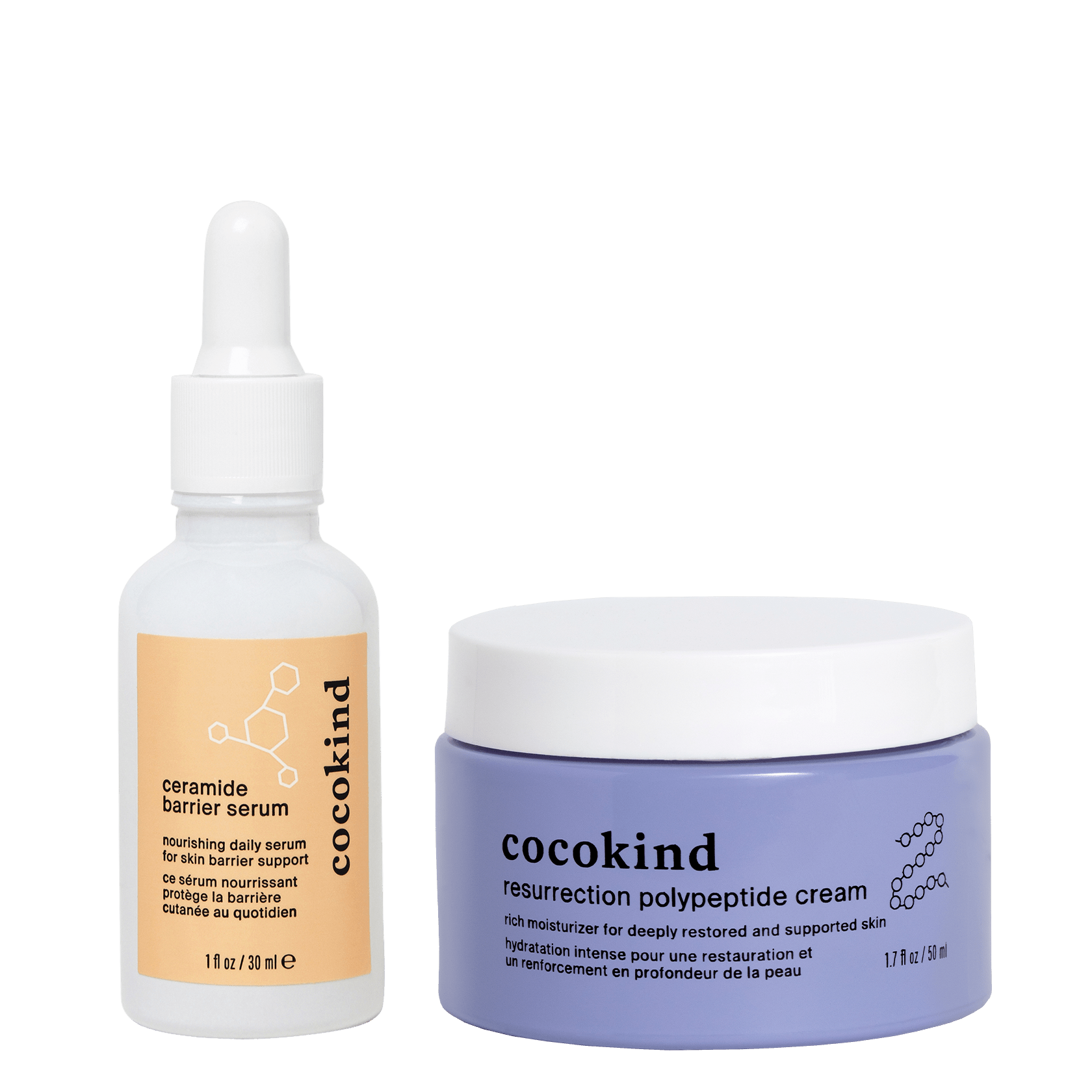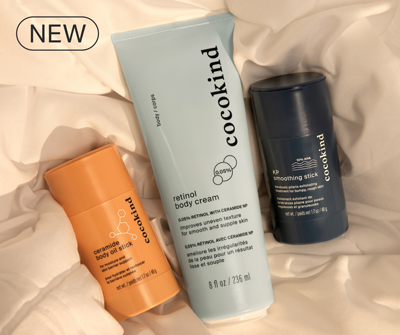Guide to Choosing Cruelty-free Beauty Products for Animal Lovers

Guide to Choosing Cruelty-free Beauty Products for Animal Lovers
The beauty industry has had a bad rap. According to the Humane Society International, over 500,000 animals die every year in cosmetic testing. The industry has for many years used animals to test mascara, shampoo, and other cosmetic products.
Of course, this is something that doesn’t sit well with everyone, particularly animal lovers and activists. As such, most people are usually conscious of the products they use, and they would avoid mainstream brands without a second thought.
If you’re concerned about the products you use, this post is for you. We’ll cover some of the things you should look at when shopping for cruelty-free beauty products.
What Does "Cruelty-Free" Mean?
In the animal rights world, the term “cruelty-free” is a label for activities or products that don’t involve harming or killing animals. However, it’s worth noting that the term is coiled and defined by the players in different industries pushing for animal rights.
The Food and Drug Administration (FDA) has no legal definitions for the term, including the other common one: “not tested on animals.” (as of Dec 2020). Basically, there are no federal regulations for mandating the processes involved in the manufacturing and testing of cruelty-free products.

There are certain criteria that brands must meet to have their products certified. This include:
- Products must not be tested on animals at any point during the manufacturing process
- Once manufactured, the products must not be tested on animals
- They must not work with brands or companies that test products on animals
Leaping Bunny is the most trusted cruelty-free certification, with more than 2000 hundred brands under its umbrella. You’ll find the organization’s logo on the products of companies it has certified.
Truth About Animal Testing
Bear in mind that animal testing is not just in the beauty industry alone. Animals, particularly rabbits, mice, guinea pigs, hamsters, cats, dogs, and non-human primates, have been used for years in testing across different industries, particularly the pharmaceutical industry.
For example, a single product can require as many as 12,000 animals during the testing phase before registration.
In the US, over 100 million animals are poisoned, burned, crippled, and abused in the labs every year. Interestingly, there’s no official figure of the animals that are used in testing. It’s believed that over 90 percent of animals used in testing are not included in the official statistics.
One of the key hurdles is that the law requires some testing to be done on animals, particularly in the pharmaceutical industry. Even the animals covered under the Animal Welfare Act (AWA) can be abused. Regrettably, the law doesn’t require the use of alternatives, even when they’re available.
However, all is not gloomy - some countries, such as India, Norway, Turkey, and Israel, have already banned animal testing in cosmetics. There are many alternatives that brands can use instead of animal testing, including In-Vitro testing, computer modeling, human-patient simulators, and human volunteers.
How to Tell if a Brand is Cruelty-Free?

So, how can you know that a product or brand is cruelty-free? Of course, there are certifying organizations such as Leaping Bunny that can be used for validation. Here are some key Q&As you should know when shopping for cruelty-free beauty products:
1. Does the brand test their finished products on animals?
Whatever product you’re considering buying, ensure the brand doesn’t test their products on animals. Even if the brand has different product lines, ensure none of their products or partners they work with are not involved in animal testing.
2. Does the brand test any of its ingredients or formulations on animals?
It’s easy to think about the completed products when talking about animal testing. Yet, some different ingredients and formulations are used in making beauty products. So, be sure to know the specific ingredients of each product and how they were sourced and tested.
3. Do any of the brand ingredient suppliers test on animals?
It’s typical for brands to source their ingredients from different suppliers. As such, they must clearly state that their suppliers are not in any way using animal testing in the manufacturing of the ingredients. While they might not have a way to monitor their suppliers’ processes, they must make it clear that they only work with partners that support cruelty-free processes.
However, some of them claim that they work with too many suppliers that it can be hard to monitor or analyze them. They also say that it can be time-consuming to verify all their testing policies. If they want their products to be labeled cruelty-free, they must ensure that suppliers aren’t using animal testing.
4. Does the brand ask others to test any of their products or ingredients on animals on their behalf?
While some brands might not be conducting tests on animals themselves, their suppliers might be carrying out the tests on their behalf. It’s, therefore, vital for brands to demonstrably state that their suppliers aren’t involved in animal testing.
5. Does the brand sell in markets (i.e., Mainland China) that may require animal testing?
Some brands also sell their products in markets that require animal testing for cosmetic products. For example, in Mainland China, imported beauty products are required by law to be tested on animals. If a brand sells its products in such markets, it’s probably engaging in animal testing. Cocokind has gone so far as to publicly state their stance at retaining the cruelty-free label, even if it means missing out on potential sales.
What seals/logos to look for and avoid?
One vital thing to note is that a lot of cruelty-free brands might not have seals and logos on their products or websites. This is because they need to pay extra licensing fees to certifying organizations to use them on their products.
So, in cases where a brand doesn't have seals or logos on their products, you can search their name on a certified brands database provided by the licensing organization. This information is usually publicly available on the organization’s website. For example, for PETA certified products, you can search for the product or brand here. Leaping Bunny also has a public list here.
Generally, for cruelty-free beauty products, always look for Leaping Bunny, Choose Cruelty-Free, and PETA certification seals. These organizations use bunny logos on all certified products -- so that’s what you should look for when shopping for cruelty-free products.
What are the common red flags to look out for?
When shopping for beauty products, it’s vital to pay attention to the labels and manuals of the product. Here are the common red flags to watch out for:
1. Unverifiable Cruelty-Free Claims
You should avoid brands that claim they’re cruelty-free on their website or products yet they don’t have any certifying seals. Still, you can search their names on the public lists provided by the certifying organizations to verify their certifications.
2. Mention of “China”
As noted before, Mainland China requires all beauty products to be tested on animals before approval. You should be wary of products that are made in China or have any references to China. It’s possible that they were tested on animals.
3. “..to Comply with the Law..”
There are no federal regulations for cruelty-free products in the US. So, any product that has any references along the lines of “..to comply with the law or regulations..” should be treated with suspicion. In most cases, they can be complying with the law in the EU or China.
4. No Mention About Being Cruelty-Free or Animal Testing
Most reliable and reputable brands will proudly state that their products are cruelty-free. They’ll also state they don’t test their products on animals, and they also work with suppliers or partners that don’t support animal testing. So, if you don’t see such statements on the product, you should be careful.
5. They Sell Pharmaceuticals
Most pharmaceuticals are usually tested on animals. In fact, that’s required by the law in the US. If a beauty brand also sells pharmaceuticals yet they claim their beauty products are cruelty-free, don’t easily buy into that.
6. International Companies or Expanding Internationally
Being an international company means a brand has to comply with the laws in different countries, including those that require animal testing. Basically, this is a red flag too. In some cases, they can have different product lines for different countries. This doesn’t give you a reason to buy their products.
What Can You Do?
Finding if a brand is cruelty-free isn’t always clear and straightforward. Fortunately, there are things you can do to identify the right products as well as support the global initiative against animal-testing:

Read Product Labels
Whenever you’re shopping for beauty products, always look at the fine print.
The label should feature the logo of one or several of the accredited
certifying organizations, such as PETA and Leaping Bunny.
The label should also clearly state that product and its ingredients were
not tested on animals. Additionally, you should also look at the ingredients
list and their sources.

Do Your Research
You’ll want to do your research before shopping. This is particularly
important if you want to switch brands or try a new product. Take the time
to read the FAQ and About Us pages of the brand. Their website should
provide adequate information about their products and processes.
You should also find out if they’re listed in PETA or Leaping Bunny database. These organizations have over 2,000 brands on their lists. Knowing as much as possible about the company and its products is vital in making informed purchasing decisions.

Email the Company
Emailing the brand is also helpful in getting the information you want,
particularly if you want to learn more about a specific product. Most brands
are always willing to respond to your questions. Some can also schedule a
call to provide detailed answers to whatever questions you have.

Support Banning of Animal-testing
Despite the progress in preventing and banning animal testing in beauty
products, the United States, one of the biggest consumers of beauty
products, has no laws prohibiting tests on animals. Your support can,
however, play a great role in banning animal testing.
You can support the initiative by not buying products made by brands that
are involved in animal testing in any way. This involves researching
specific products and bands whenever you’re shopping. Other things you can
do include:
- Making donations to organizations that are pushing for the ban on animal testing
- Sharing information on cruelty-free products with your friends
- Speaking up against animal testing in school
- Signing petitions on animal-testing banning, such as the Humane Cosmetics Act
Bear in mind every individual has a role to play in ending animal testing. Your contribution is vital however small. For example, you can also participate in DoSomething.org’s Kidnapped Cosmetics initiative, which encourages you to “kidnap” your friends’ cosmetic products that were tested on animals. The aim is to inform them about such products and brands.
Final Thoughts
The US cosmetics industry is worth $49 billion, with the global industry standing at a whopping $532 billion, as of 2019. The skincare sector remains the most profitable in the industry. Even with the industry continuing to grow, there has been a growing push for green products and sustainable alternatives.
The production of most products in the industry has a huge impact on animals and the environment, too. With millions of animals being exposed to inhumane treatment during the testing and manufacturing processes, it’s vital to support measures that prevent and discourage such practices.
One of the ways to do so is opting for cruelty-free beauty products, which feature valid certification seals. Take the time to research different products to know how they’re made. Brands should also not work with suppliers that test their ingredients or formulations on animals.
References
11 FACTS ABOUT ANIMAL TESTING
DoSomething.Org
https://www.dosomething.org/us/facts/11-facts-about-animal-testing#fn1
It's time to go cruelty-free
The Humane Society of the United States
https://www.humanesociety.org/news/its-time-go-cruelty-free
Live Cruelty-Free
National Anti-Vivisection Society
https://www.navs.org/how-you-can-help/live-cruelty-free/#.X-CEVdgzZqM
Facts and figures on animal testing
Cruelty-Free International Trust
https://www.crueltyfreeinternational.org/why-we-do-it/facts-and-figures-animal-testing
What is animal testing?
Cruelty-Free International Trust
https://www.crueltyfreeinternational.org/why-we-do-it/what-animal-testing
8 Simple Tips to Help You Use More Cruelty-Free Beauty Products
OneGreenPlanet
https://www.onegreenplanet.org/animalsandnature/using-more-cruelty-free-products/
Animal Testing Facts and Alternatives
People for the Ethical Treatment of Animals
https://www.peta.org/issues/animals-used-for-experimentation/animal-testing-101/
The Dos & Don’ts Of Going Cruelty-Free
National Anti-Vivisection Society
https://www.navs.org/dos-and-donts-cruelty-free/
Cruelty-Free Cosmetics
Physicians Committee for Responsible Medicine
https://www.pcrm.org/ethical-science/animal-testing-and-alternatives/cruelty-free-cosmetics
How to Read a Cruelty-Free Cosmetics Label
OneGreenPlanet
https://www.onegreenplanet.org/lifestyle/how-to-read-a-cruelty-free-cosmetics-label/
"Cruelty-Free"/"Not Tested on Animals"
U.S. Food & Drug Administration
https://www.fda.gov/cosmetics/cosmetics-labeling-claims/cruelty-freenot-tested-animals
Cruelty-Free Labeling
the MSPCA-Angell
https://www.mspca.org/animal_protection/cruelty-free-labeling/









